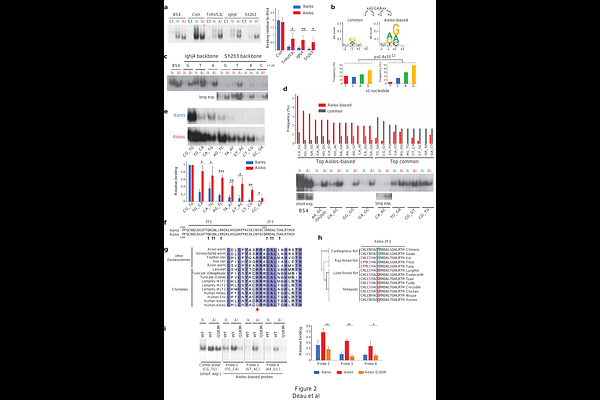How Ikaros and Aiolos homo- and heterodimers drive gene expression to ensure B cell development

How Ikaros and Aiolos homo- and heterodimers drive gene expression to ensure B cell development
Deau, M.-C.; Heizmann, B.; Aukenova, A.; Heydt, Q.; Marchal, P.; Charvet, C.; le Gras, S.; Billas, I. M. L.; van Essen, D.; Saccani, S.; Kastner, P.; Chan, S.
AbstractIkaros family transcription-factors (TF) are major regulators of differentiation and function. They function as homo- and heterodimers, but the contribution of specific dimers to gene regulation is unknown. We investigated the function of Ikaros-Ikaros, Ikaros-Aiolos and Aiolos-Aiolos in B-lymphocytes, and show that the dimers are not equivalent. Ikaros homodimers are required in proB and large preB cells where they repress surprisingly few genes related to cell adhesion and migration. In contrast, Ikaros-Aiolos and Aiolos-Aiolos are expressed in small preB and immature B-cells, and regulate 10-fold more targets involved in immune functions. Aiolos-containing dimers are repressors in small preB but activators in immature B-cells, where Aiolos-Aiolos antagonizes Ikaros-Ikaros. Mechanistically, Aiolos binds more GGAA motifs than Ikaros, which depends on a single amino-acid difference in its DNA-binding domain. These results illustrate how homo- and heterodimerization of homologous TFs impact binding-specificity, target-gene response and pathway modulation within the same lineage.